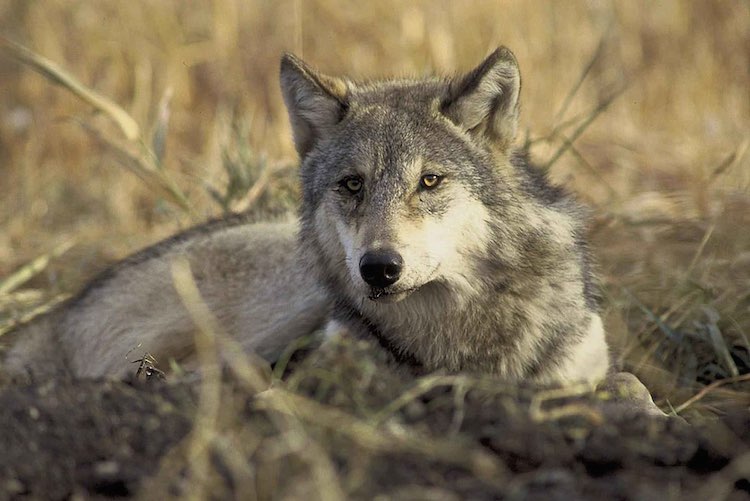In a remarkable legislative move that increased the amount of protected areas for wildlife in Germany by 25%, the German government moved in 2015 to convert 62 disused Cold War-era military bases into wildlife refuges.
This added up to about 76,600 acres of additional protected land in the country, according to The Independent.
Environment Minister Barbara Hendricks said at the time: “We are seizing a historic opportunity with this conversion — many areas that were once no-go zones are no longer needed for military purposes.”
“We are fortunate that we can now give these places back to nature,” Hendricks said.
During the 50-year-long dreary standoff at the Iron Curtain between East and West Germany, minimal human activity along the old Soviet/NATO border allowed the wildlife that had been chased out of other parts of Europe to recover in relative peace. After the fall of the Soviet Union in 1991, scientists and voices for nature of all kinds realized that the lack of human activity had created natural sanctuaries for endangered European wildlife all along the international and ideological border.
LOOK: Reintroduction of Wolves Into Yellowstone Brings Wildlife Back Into Balance
The 62 decommissioned German military bases were located on the West German side of the Iron Curtain, where they became a habitat for the middle-spotted woodpecker and lesser spotted eagle, as well as a top tier species that, like the last remains of the Old World shattered by World War II, was gone from Europe by the time the Iron Curtain descended across the continent—wolves.
Wolves at the Gate
Sport hunting competitions and the desire to protect livestock herds led to the regional extermination of the wolf. Writing for Science Magazine, Erik Stokstad reported that the wolf has returned to parts of Germany, in large part due to the reformed military bases which proved to be perfect havens.
“In the late 1990s, wolves began to dart into Germany from the forests of Poland,” he wrote. “The first litter of pups in Germany was reported in 2001 in Saxony-Brandenburg. They’ve since spread westward into six more of Germany’s 16 federal states, and monitoring data show their numbers are rising.”
MORE: Humpback Whale Population Bounces Back From Near-Extinction—From Just 450, to Over 25,000
Due to poaching, it was found that almost all wolf packs across Germany favored military bases over wildlife refuges, even though the refuges possessed fewer roads, and larger, denser sections of forest.
Guillaume Chapron, a wildlife ecologist at Swedish University of Agricultural Sciences in Uppsala, suggested that since deer populations on military bases aren’t managed by hunting, it means fewer poachers or hunters are coming in contact with wolves there.
Coupled with the lack of soldiers and wars, Chapron suggests that, like the 62 decommissioned sites in 2015, all military bases slated to be closed should be turned into nature reserves for this reason.
Bases and military installations in other countries along the Iron Curtain were closed down and turned into wildlife refuges, thanks, in part, to the European Green Belt initiative led by former Soviet leader Mikhail Gorbachev and his grassroots nonprofit International Union for the Conservation of Nature.
Today the backbone of green runs from the very northern tip of Finland down into Greece and eastward across the Carpathians before halting at the border with Turkey.
Be Sure And Share The Good News With Your Friends On Social Media…





















LOVE this; unlike in America where every day we take away animals home to build out of greed! Not to mention the disgusting every day sanctioning of killing wolves that occurs here.